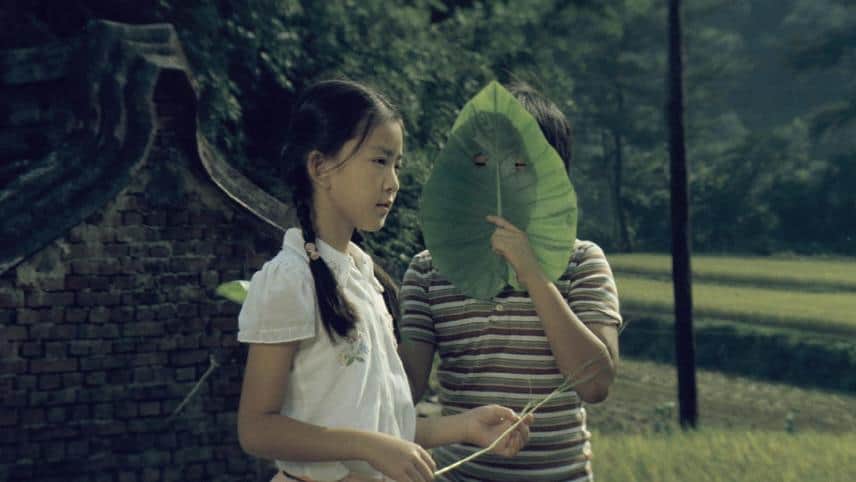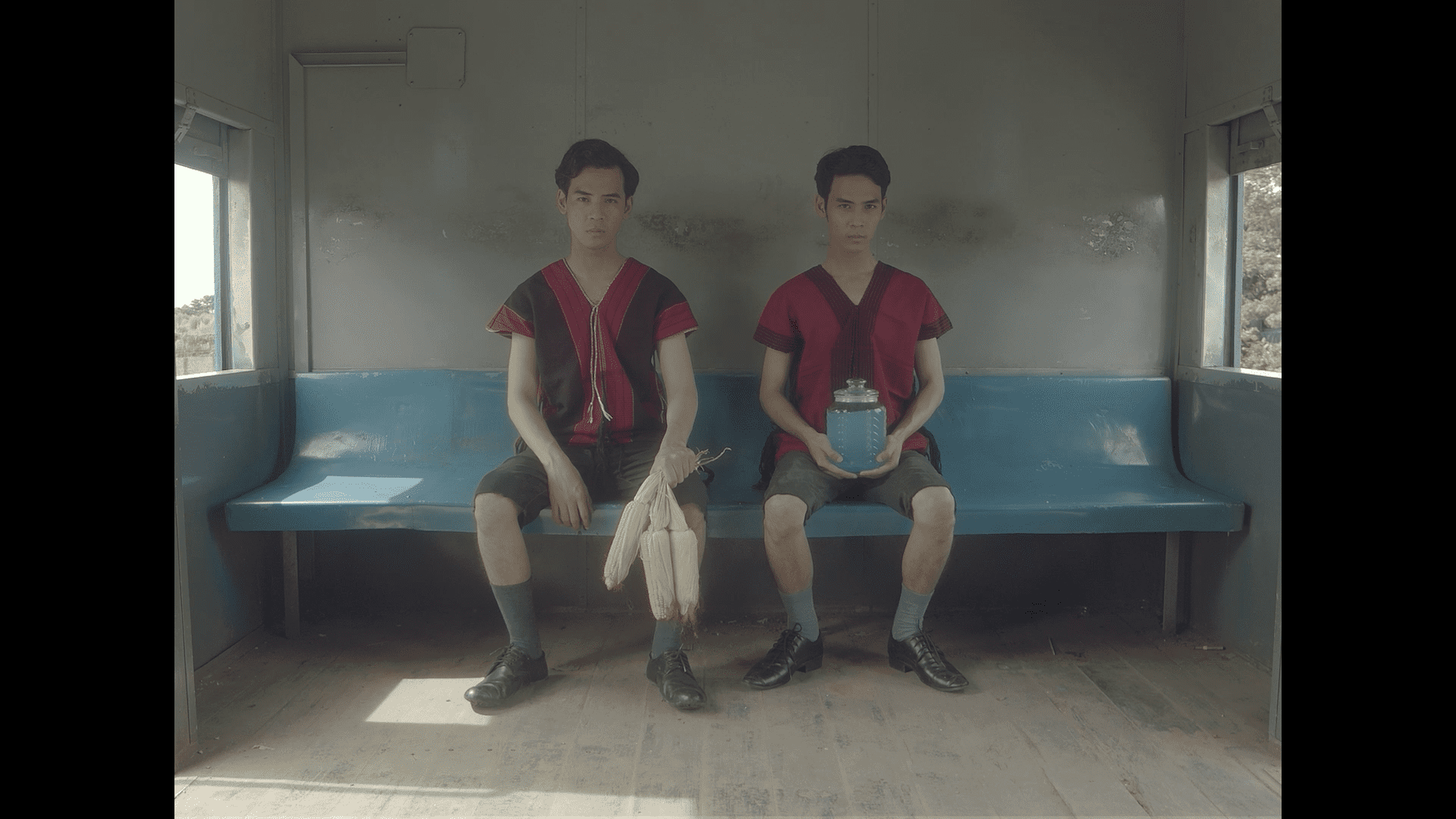The Dan or Tankas or boat people are a sinicised ethnic group in Southern China who traditionally lived on junks in coastal parts of Guangdong, Guangxi, Fujian, Hainan, Shanghai, Zhejiang and along the Yangtze river, as well as Hong Kong and Macau. Though many now live onshore, some from the older generations still live on their boats and pursue their traditional livelihood of fishing. Historically, the Tankas were considered outcasts. Since they were boat people who lived by the sea, they were sometimes referred to as “sea gypsies” by both Chinese and British. The Dan people living on the Jiulong River in Fujian,China, have made a living from fishing for generations and their boats as their home. In 1980, the government vigorously promoted the “Dan People Landing” project, in order to relocate them toward the land. However, even today, many Dan people are still unwilling to give up their traditional fishing and hunting life, despite that, with the expansion of the city, their living environment is constantly being squeezed. Kun focuses his documentary on the particular people, presenting their lives as it is today.
Watch This Title
on CathayPlay

In that fashion, the camera goes inside the boats they live in, in order to show the everyday life of people who are mostly middle aged or even older. Kun juxtaposes images of them fishing or receiving relatives with meetings about organizing a yearly celebration, where a wooden boat is built, put on fire and sailed in the river, in one of the most impressive scenes in the 28-minutes short. A third aspect of the narrative concerns the presentation of the Jiulong River in Fujian, with the cinematography in these parts, also emerging as stunning, with a number of images definitely staying on mind.
On the other hand, some issues with the way the narrative unfolds do exist, and Kun could have handled the order the various elements of the documentary appear on screen. Furthermore, the text on screen is more dizzying than informative, with the coloring not helping in particular. At the same time, though, the observational approach works well, as a number of the distinct cultural elements of the Dan are presented quite eloquently, including music and singing, which seems to be a constant in their life.
Although “Go With the Flow” could be better directed, it definitely deserves a watch for the impressive visuals, as much as for the presentation of a life that might as well go extinct in the near future.















